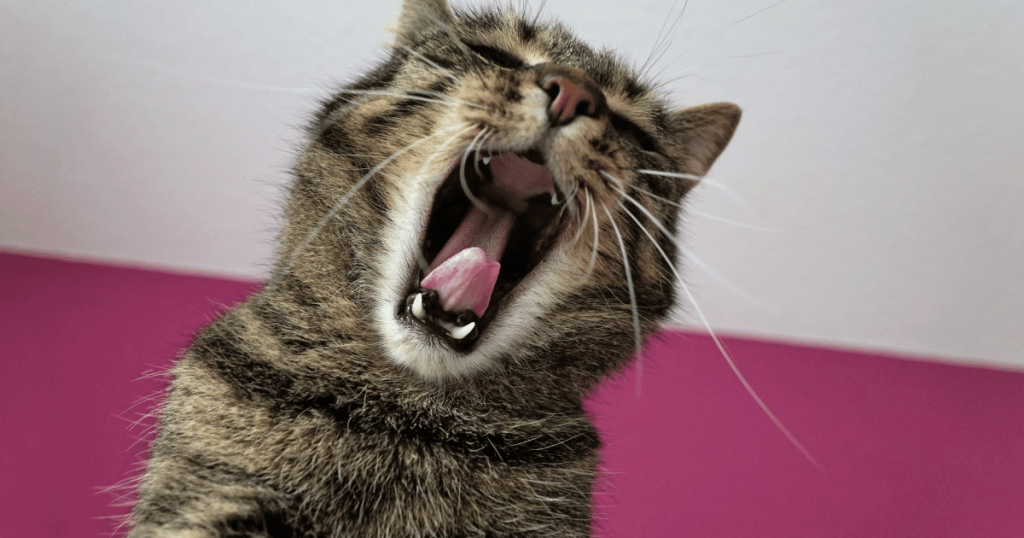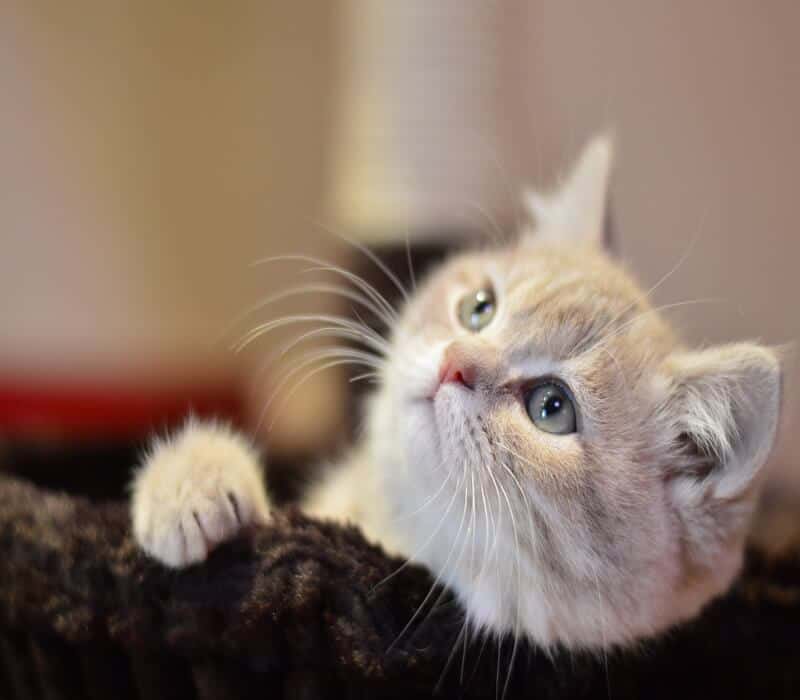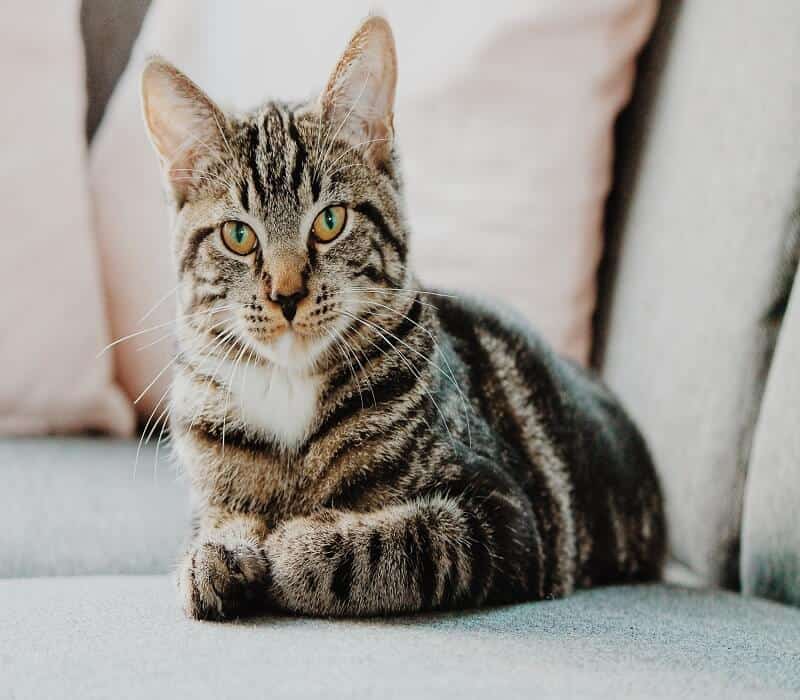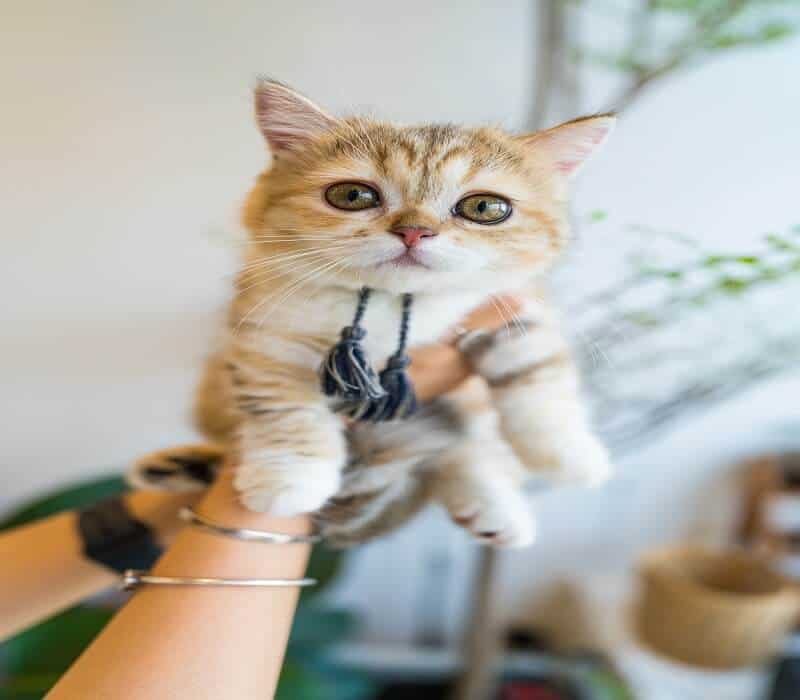
When it comes to our feline friends, understanding their unique preferences and respecting their boundaries is crucial. Cats are known for their strong personalities, and it’s not unusual for them to love being petted but not held.
In this article, we’ll delve into why this happens, how to create positive interactions, and answer some common questions that cat owners might have about this behavior.
Understanding Cats’ Behavior
1. Natural instincts
Cats are solitary hunters by nature and value their independence and control over their environment.
This instinctive need for control can make some cats uncomfortable with being held, as it can feel like a loss of freedom.
However, this doesn’t mean that your cat doesn’t enjoy affection. They might just prefer to receive it in other ways, like petting.
2. Body Language
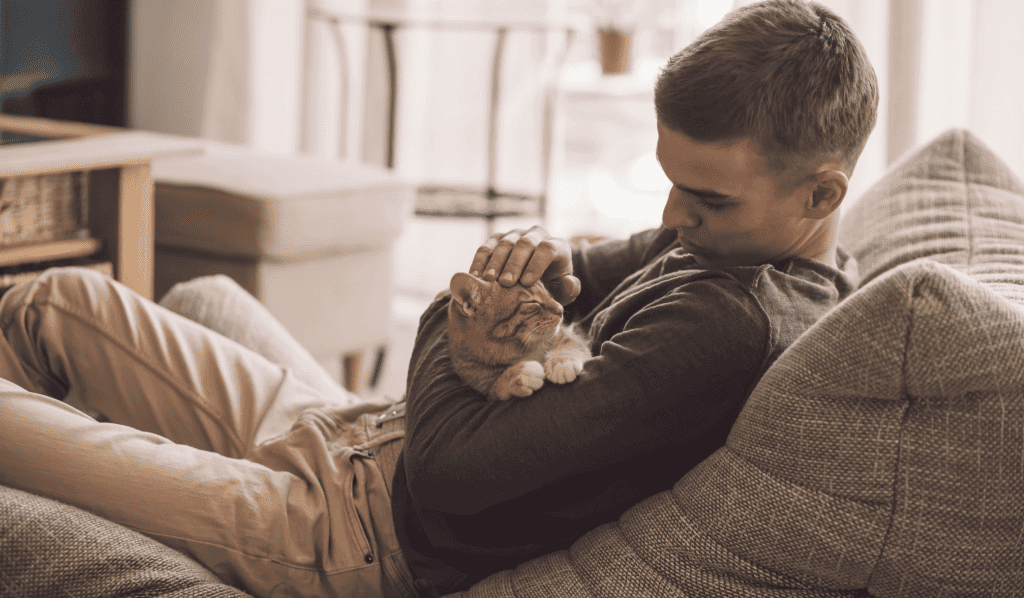
Cats communicate a lot through their body language, and it’s important to learn how to read their signals to understand their comfort level.
When a cat is happy and relaxed, it might purr, knead, or slow-blink its eyes.
On the other hand, an uncomfortable or stressed cat may exhibit signs like flattened ears, a puffed-up tail, or even hissing and growling.
Reasons Cats Dislike Being Held
There are several reasons why your cat might dislike being held. Also, it’s essential to understand these factors to ensure a positive and trusting relationship with your feline friend.
1. Loss of Control
Cats value their independence and control over their environment, which is deeply rooted in their natural instincts as solitary predators. They often prefer to be in control of their movements and surroundings to ensure their safety and comfort.
When being held, they might feel a loss of control over their body and environment, making them uncomfortable or stressed. This sense of vulnerability can be exacerbated if they are held too tightly or lifted off the ground, as it restricts their ability to escape or move freely.
2. Fear of Restraint
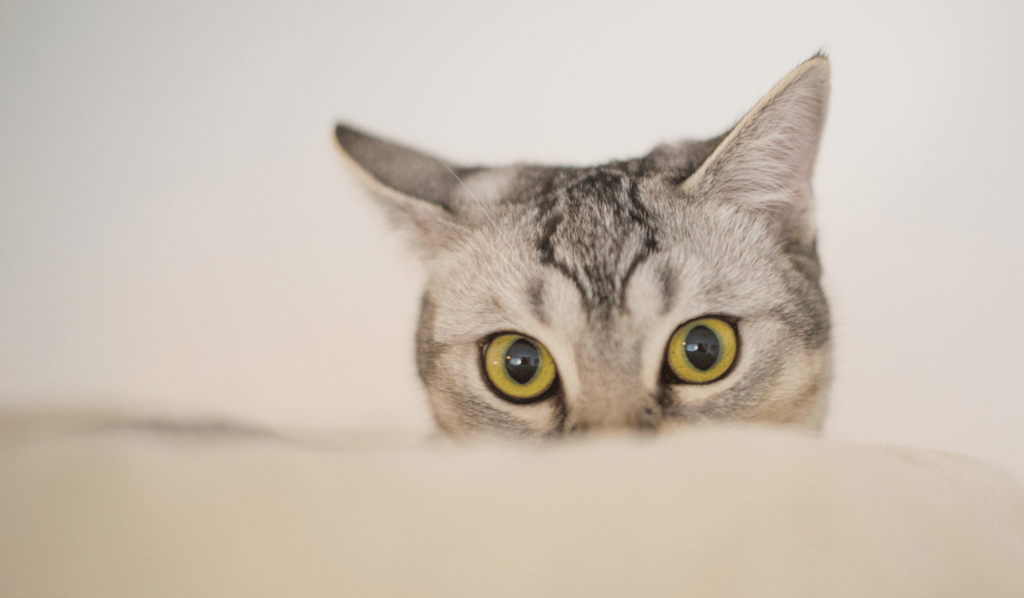
Some cats have an innate fear of restraint, which can be linked to their natural instincts to avoid situations that could potentially lead to harm or entrapment.
This fear may also result from past experiences, such as being mishandled, trapped, or confined against their will.
When held, these cats may perceive the situation as a threat, evoking fear and anxiety. This can lead to a negative reaction, such as struggling, hissing, or even biting.
3. Past Negative Experiences
As mentioned on fear of restraint, cats with a history of negative experiences related to being held, such as improper handling, an injury, or a traumatic event, might associate being held with those unpleasant memories.
This association can create a sense of anxiety and uneasiness whenever they are lifted or held. This negative association leads to resistance and possible attempts to escape the situation.
Strategies for Improving Your Cat’s Tolerance of Being Held
If you’d like to help your cat become more comfortable with being held, there are a few strategies you can try, such as building trust, gradual desensitization, and exploring alternative ways to interact.
1. Building Trust
Establishing a strong bond of trust with your cat is the foundation for helping them feel more at ease with being held.
Consistent, positive interactions and providing a safe, comfortable environment are key to building this trust.
Spend time with your cat daily, engaging in activities they enjoy, like playtime or grooming.
2. Gradual Desensitization
Some cats may benefit from gradual desensitization to being held. Start with brief, gentle lifts, and reward your cat with treats and praise for staying calm.
Over time, you can progress to holding your cat for more extended periods.
Alternative Ways to Interact
If your cat continues to dislike being held, there are still plenty of other ways to bond with them and create a strong, positive relationship.
Here are some alternative activities you can engage in with your cat:
- Playtime with toys: Interactive toys, such as feather wands, laser pointers, or treat-dispensing puzzle toys, can provide mental and physical stimulation while helping you bond with your cat. Make sure to choose toys that cater to your cat’s preferences and natural instincts.
- Training exercises: Training your cat to perform simple commands like “sit,” “come,” or “high-five” can be a fun and engaging way to bond. Cats are intelligent creatures, and training can provide mental stimulation while reinforcing the bond between you and your cat.
- Clicker training: Clicker training is a positive reinforcement technique that can be used to teach your cat new behaviors or tricks. This training method uses a clicker to “mark” a desired behavior, followed by a reward, such as a treat or praise.
- Grooming: Regular grooming sessions can help you bond with your cat while keeping their fur in good condition. Most cats enjoy being brushed, and it can be a relaxing, bonding experience for both of you.
- Cuddle sessions: While your cat may not enjoy being held, they might still appreciate cuddling on their terms. Create a comfortable environment and allow your cat to
Conclusion
We hope you’ve found this article helpful in understanding your cat’s preferences and how to create a positive bond.
If you have any thoughts, experiences, or questions related to this topic, please feel free to leave a comment below.
We’d love to hear from you and continue the conversation on building a happy and nurturing relationship with our feline friends.
We're an affiliate
We hope you love the products we recommend! Just so you know, gameraround.com is a participant in the Amazon Services LLC Associates Program, an affiliate advertising program designed to provide a means for sites to earn advertising fees by linking to Amazon.com.

